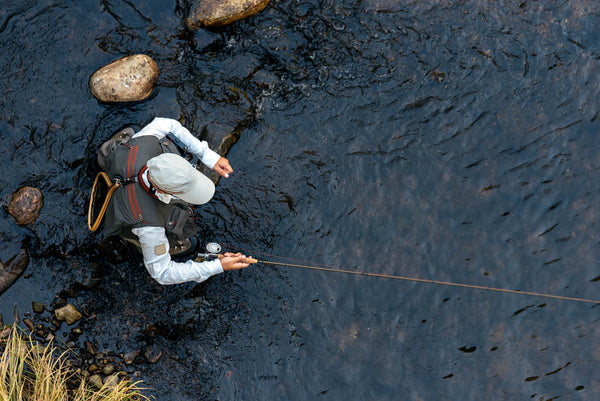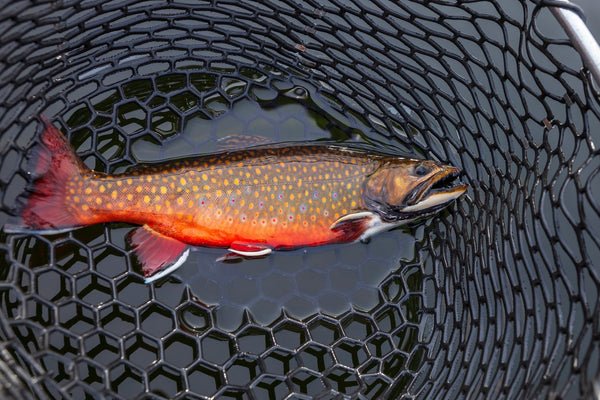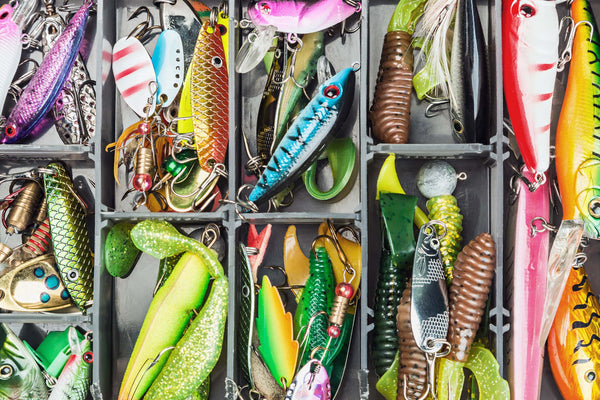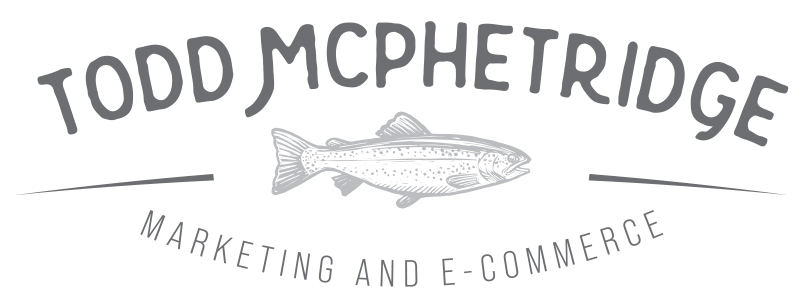E-commerce Marketing Strategies for Outdoor Brands
Building a Scalable Digital Sales System
The e-commerce landscape continues to expand, and outdoor brands that rely solely on seasonal demand or word of mouth are leaving opportunity on the table. Effective digital marketing transforms an online store into a predictable source of growth. For companies that sell gear, apparel, or guided experiences, a structured approach to e-commerce marketing is what converts interest into consistent revenue.
This guide outlines the essential elements of a modern e-commerce marketing strategy designed specifically for outdoor businesses. Each principle focuses on visibility, engagement, and long-term retention.
Defining E-commerce Marketing
E-commerce marketing refers to the collection of digital activities used to attract visitors, convert them into customers, and encourage repeat purchases. Success depends on a combination of visibility, persuasive content, and an experience that builds trust. For outdoor brands, this means aligning campaigns with the motivations that drive outdoor consumers—quality, authenticity, and adventure.
Core Elements of a High-Performing Strategy
- Search Optimization (SEO): Improves visibility in search engines and attracts motivated buyers.
- Content Strategy: Builds authority through education and storytelling.
- Social Engagement: Strengthens relationships and expands community reach.
- Email Automation: Maintains communication and drives repeat purchases.
- Paid Advertising (PPC): Generates targeted traffic quickly.
- Partnership Marketing: Expands awareness through affiliates or influencers.
- Retention Programs: Focuses on lifetime value rather than one-time sales.
Improving Organic Visibility Through SEO
Search engine optimization remains one of the most reliable ways to generate ongoing traffic. Start by identifying the keywords your audience uses to find outdoor products, such as “lightweight hiking tents” or “guided fly-fishing trips.” Integrate those terms naturally within titles, product descriptions, and supporting blog content. A clean technical foundation—fast load times, mobile compatibility, and logical structure—helps search engines understand your site’s purpose and rank it accordingly.
Using Content to Build Authority
Outdoor customers value expertise. Publishing practical content like how-to guides, seasonal gear checklists, or product comparison articles builds trust. Including real photography and stories from the field enhances authenticity. A consistent content calendar signals credibility to both users and search engines, helping your brand become a recognized resource in your niche.
Leveraging Social Media to Strengthen Engagement
Social platforms remain central to community-building for outdoor brands. Use them to showcase real experiences, share customer photos, and highlight new releases. Platforms such as Instagram, Facebook, and YouTube are ideal for visual storytelling and product demonstrations. Paid social campaigns can then amplify reach, targeting specific interests like fishing, bowhunting, or backcountry camping.
Implementing Email Marketing and Automation
Email remains one of the most effective revenue channels for e-commerce. Welcome sequences introduce new subscribers to your brand. Automated follow-ups recover abandoned carts and promote relevant add-ons. Segmentation based on purchase history or location ensures that each message feels personal and timely. Over time, automated campaigns create a rhythm that sustains engagement without constant manual effort.
Generating Immediate Traffic with PPC
Pay-per-click advertising delivers measurable results quickly when paired with thoughtful strategy. Test Google Shopping campaigns, branded search, and remarketing to capture users already showing intent. Each ad should connect to a focused landing page designed for conversion. Monitor cost per acquisition and refine keyword targets regularly to ensure profitability.
Collaborating with Influencers and Partners
Influencers and affiliate partners can accelerate exposure for outdoor brands. The key is selecting individuals whose audiences genuinely align with your products. Provide clear guidelines and performance-based incentives. Collaborations that feature real-world product use perform far better than polished studio promotions, especially within the outdoor space where authenticity drives credibility.
Retaining Customers for Long-Term Growth
Customer retention transforms short-term gains into lasting profitability. Offer loyalty rewards, personalized recommendations, and post-purchase care instructions to strengthen relationships. Follow-up communication after each sale should invite feedback and encourage repeat engagement. Retention not only improves revenue per customer but also generates word-of-mouth referrals among passionate outdoor communities.
Bringing It All Together
Effective e-commerce marketing for outdoor brands combines precision and consistency. Search optimization attracts visitors, content establishes expertise, and automation keeps customers engaged. When these systems work together, they create a self-sustaining sales engine that grows over time.
Consulting Support for Outdoor E-commerce Brands
Building a strong e-commerce presence requires more than individual tactics—it requires coordination and insight. My consulting services help outdoor businesses design and execute full-funnel digital marketing plans built around performance data and real customer behavior. To learn more about strategy development for your online store, explore outdoor marketing consulting.


























